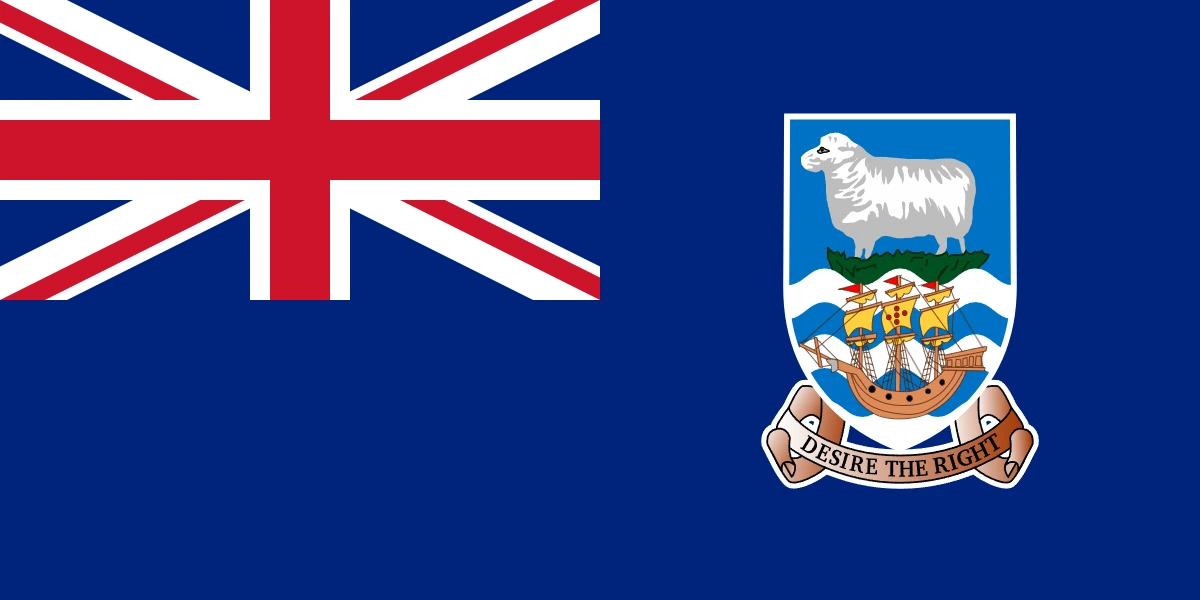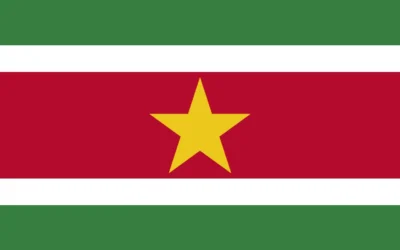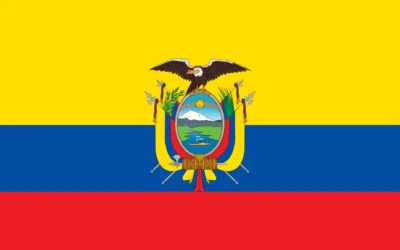Falkland Islands Travel Guide
Discover Why You Should Visit the Falkland Islands
Why Visit the Falkland Islands?
The Falkland Islands offer a truly remote and unspoiled travel experience. With dramatic coastal landscapes, rich wildlife including five species of penguins, and a distinct British heritage, the islands provide a peaceful escape into nature and history. Ideal for travelers who crave solitude, wildlife photography, and rugged adventure.
Ideal for: Wildlife enthusiasts, hikers, and off-the-grid explorers.
Must-Know Facts
Capital/Major City: Stanley
Language(s): English
Currency: Falkland Islands Pound (pegged to the British Pound)
Best Time to Visit: October to April (austral summer and wildlife viewing season)
Fun Fact: The islands are home to more penguins than people
Top Things to Do
Visit Volunteer Point to see King, Gentoo, and Magellanic penguins
Explore the capital Stanley’s British charm and maritime museums
Take a guided wildlife tour to spot elephant seals, sea lions, and whales
Hike across rugged terrain in East Falkland and West Falkland
Experience the islands’ war history through battlefield tours and memorials
Local Culture & Lifestyle
The Falkland Islanders, or ‘Kelpers,’ have a strong sense of identity rooted in British customs and rural living. Life on the islands is simple, community-focused, and deeply connected to the sea and land. Visitors will notice British traditions fused with a love of outdoor living and wildlife conservation.
Food & Drink Highlights
Street Food: Freshly baked pastries, fish and chips
Restaurants: Roast lamb, mutton stew, locally sourced seafood
Drinks: British-style ales, tea, and whisky
Desserts: Scones with jam and cream, fruit crumbles, homemade cakes
Main Dish & Culinary Symbols
Signature Dish: Roast lamb or mutton served with potatoes and vegetables
Common Ingredients: Lamb, fish, potatoes, root vegetables, seaweed (used in traditional recipes)
Culinary Culture: British home-style cooking with island-sourced ingredients
Symbols & Icons of the Area
Natural Icons: Penguins, rugged coastlines, peatlands
Cultural Icons: Union Jack flags, red telephone boxes, war memorials
Hidden Gems & Off-the-Beaten-Path
Carcass Island — rich birdlife and unspoiled beaches
Pebble Island — remote with WWII plane wrecks and hiking trails
Sea Lion Island — top spot for marine wildlife viewing
Gypsy Cove — near Stanley, known for its scenic walks and penguin sightings
Shopping & Souvenirs
What to Buy: Penguin-themed crafts, woolen goods, local art, stamps
Where to Shop: Gift shops in Stanley, local artisan outlets
Getting Around
Public Transport: Limited, most travel is by small aircraft or 4×4 vehicles
Driving: Rental 4WDs are popular for independent exploration
Boats: Occasionally used for island transfers and tours
Travel Tips
Weather can be unpredictable, so pack warm and waterproof clothing
Internet access may be limited and expensive
Local wildlife should be observed respectfully from a distance
Book tours and flights in advance as infrastructure is limited
Where to Stay
Budget: Guesthouses and small B&Bs in Stanley
Mid-range: Lodges and country inns across East and West Falkland
Luxury: Eco-lodges on remote islands with guided tours
Unique: Farmstays with local families in isolated settlements
Sample 4-Day Itinerary
Day 1: Arrive in Stanley, explore the town and museum
Day 2: Visit Volunteer Point for penguin watching
Day 3: Fly or drive to Pebble Island for hiking and wildlife
Day 4: Return to Stanley, enjoy local seafood and shop for souvenirs






0 Comments